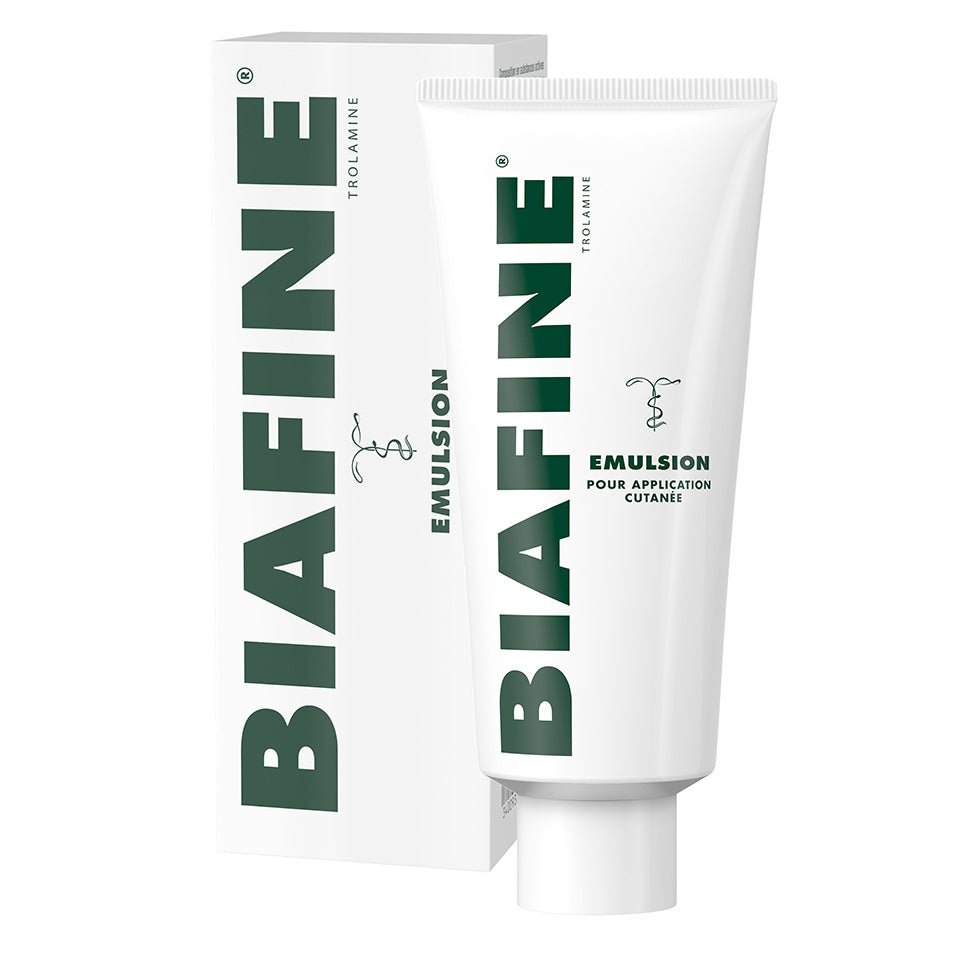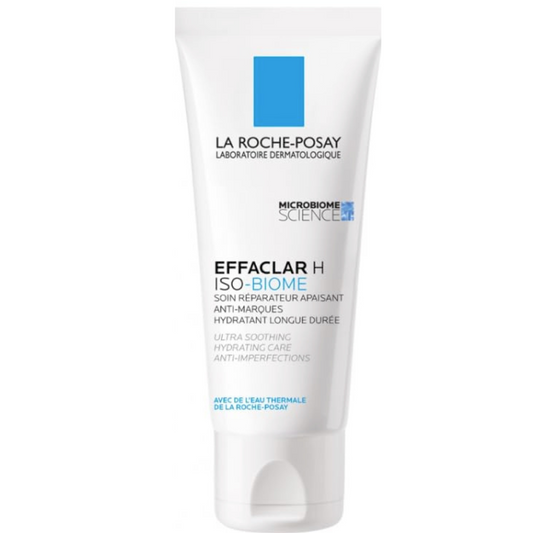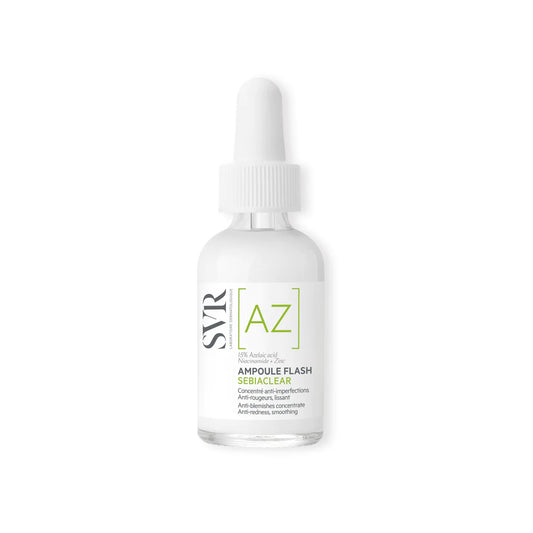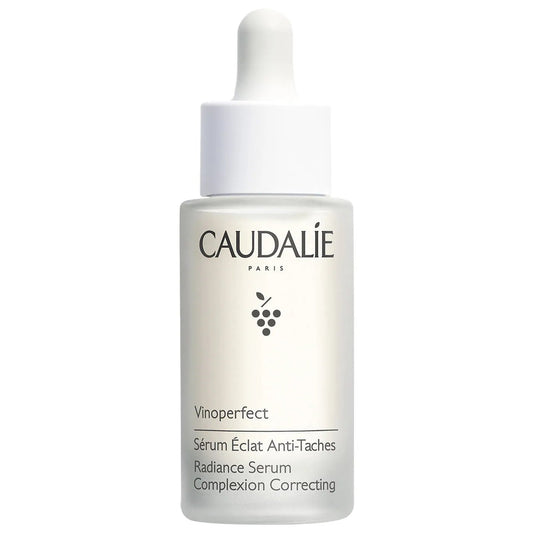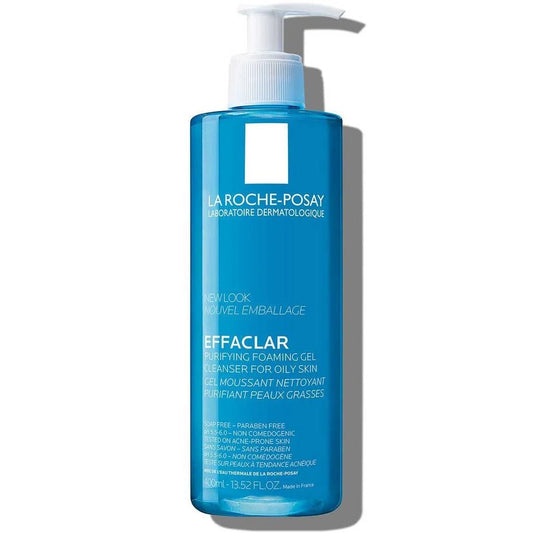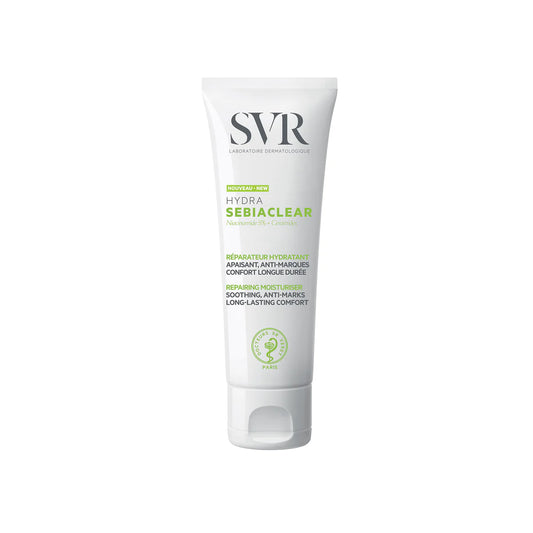Can I Mix Benzoyl Peroxide and Retinol?
Share
Table of Contents
- Can I Mix Benzoyl Peroxide and Retinol?
- Understanding Benzoyl Peroxide
- Why is Benzoyl Peroxide Used in Acne Treatments?
- Side Effects of Benzoyl Peroxide
- Common Myths About Benzoyl Peroxide
- How Retinol Transforms Skin
- Side Effects of Retinol
- The Cautious Approach to Combining Ingredients
- Product Types and Recommendations
- Expert Dermatologist Advice
- Important Skincare Tips
- In Summary
Quick Summary
Benzoyl peroxide and retinol can work well together for treating acne when used correctly. Apply benzoyl peroxide in the morning and retinol at night to prevent interaction. Start with lower concentrations, introduce gradually, and always use sunscreen. Watch for irritation and adjust your routine as needed. Both ingredients are effective but require proper technique for optimal results.
Can I Mix Benzoyl Peroxide and Retinol?
Acne sufferers often ask if benzoyl peroxide and retinol can be used together. While these powerful ingredients can complement each other, they must be used strategically to avoid irritation.
Understanding Benzoyl Peroxide
Benzoyl peroxide fights acne by:
- Killing acne-causing bacteria
- Reducing excess oil
- Unclogging pores
- Decreasing inflammation
Why is Benzoyl Peroxide Used in Acne Treatments?
Benzoyl peroxide is a powerful anti-bacterial agent that effectively kills the P. acnes bacteria responsible for causing breakouts. Unlike antibiotics, bacteria don't develop resistance to benzoyl peroxide, making it effective for long-term use. It also helps to remove excess oil and dead skin cells that clog pores, addressing multiple causes of acne simultaneously.
Side Effects of Benzoyl Peroxide
Common side effects of benzoyl peroxide include:
- Mild stinging or burning sensations
- Itching
- Skin dryness
- Peeling
- Redness
Many acne sufferers find that when trying to clear their skin, these treatments can feel like they're making things worse before they get better. If you experience more serious reactions like difficulty breathing or swelling, you may be having an allergic reaction and should seek medical attention immediately.
Benzoyl peroxide is also used to bleach teeth and hair. Be careful when applying it before bed to prevent bleaching your pillowcases. More problematically, many people have reported clothing discoloration when using benzoyl peroxide on chest or back acne. Cotton is particularly susceptible to bleaching, so avoid this material and ensure the product is fully absorbed before lying on white sheets.
Common Myths About Benzoyl Peroxide
Myth: Benzoyl peroxide makes skin worse during treatment
When using benzoyl peroxide treatments, it's essential to understand how to properly apply your cream or gel. Resist the temptation to pile on large amounts—acne won't clear faster with more product. In fact, your skin condition may worsen. Using too much cream or gel can make your skin extremely dry and flaky. Some users have even reported premature aging of their skin.
Myth: Skin gets worse after stopping benzoyl peroxide
If your skin becomes too dependent on the product, acne may worsen when you stop treatment. It's important to adopt a "less is more" approach to prevent unnecessary skin irritation and dependency on benzoyl peroxide. One application per day, used sparingly, should be sufficient to improve the appearance of blemishes. If you're using benzoyl peroxide in combination with other treatments containing salicylic acid, do so moderately and safely for optimal effectiveness!
How Retinol Transforms Skin
Retinol, a vitamin A derivative, improves skin by:
- Accelerating cell turnover
- Preventing clogged pores
- Reducing fine lines and wrinkles
- Evening out skin tone and dark spots
Side Effects of Retinol
If your skin becomes irritated after using a retinol treatment, don't panic! This is the most common side effect of this ingredient. Your skin may become flaky, red, and dry, but these effects are typically temporary.
Another common side effect of retinol treatments is what's called "purging"—where things tend to get worse before they get better. If your acne blemishes initially appear worse, you're likely experiencing purging. If you see completely new types of blemishes forming, you might be having an allergic reaction to the product. In either case, it's recommended to consult a dermatologist to determine whether you should continue and wait for the purge to end or try a different treatment.
The Cautious Approach to Combining Ingredients
Can you use both? Yes, but timing matters.
These ingredients can deactivate each other when applied simultaneously. For best results:
- Apply benzoyl peroxide in the morning
- Use retinol at night
- Start with lower concentrations of each
- Introduce gradually (2-3 times weekly)
- Always use sunscreen during daytime
Product Types and Recommendations
Look for:
- Benzoyl peroxide washes (less irritating than leave-on products)
- Microencapsulated benzoyl peroxide formulas
- Time-released retinol products
- Buffered formulations with soothing ingredients
Popular benzoyl peroxide products include:
- La Roche-Posay: Effaclar Duo Dual Action Acne Treatment (5.5% benzoyl peroxide)
- CeraVe: Acne Foaming Cream Cleanser (4% benzoyl peroxide)
- PanOxyl: Acne Foaming Wash (10% benzoyl peroxide) or Acne Creamy Wash (4% benzoyl peroxide)
- Neutrogena: Rapid Clear Stubborn Acne Spot Gel (10% benzoyl peroxide)
- Differin: Daily Deep Cleanser (5% benzoyl peroxide)
- The INKEY List: Benzoyl Peroxide Acne Cleanser (5% benzoyl peroxide)
Note: La Roche-Posay Effaclar Duo [+] (sometimes labeled as Effaclar Duo M) does NOT contain benzoyl peroxide. It uses other acne-fighting ingredients like niacinamide, salicylic acid, and zinc PCA instead.
Expert Dermatologist Advice
According to dermatologists, this combination can be highly effective for treating stubborn acne when used correctly. However, those with sensitive skin should proceed with extra caution.
Dr. Lee and other skin experts recommend starting with just one product, then gradually introducing the second once your skin has adjusted.
Important Skincare Tips
When using these powerful ingredients:
- Moisturize diligently
- Avoid other potentially irritating ingredients
- Be patient—visible improvements may take 6-8 weeks
- Consider consulting a dermatologist for personalized advice
In Summary
Both benzoyl peroxide and retinol can be transformative for acne-prone skin, but proper application technique is essential for success. Apply benzoyl peroxide in the morning and retinol at night to avoid interactions. Start with low concentrations and gradually increase usage as your skin adapts. Watch for signs of irritation and adjust your routine accordingly. When used correctly, this powerful combination can effectively fight acne while improving overall skin texture and appearance.
*This article contains general information only. You should always consult a healthcare professional who can best advise you on treatments and products suited to your needs.*
